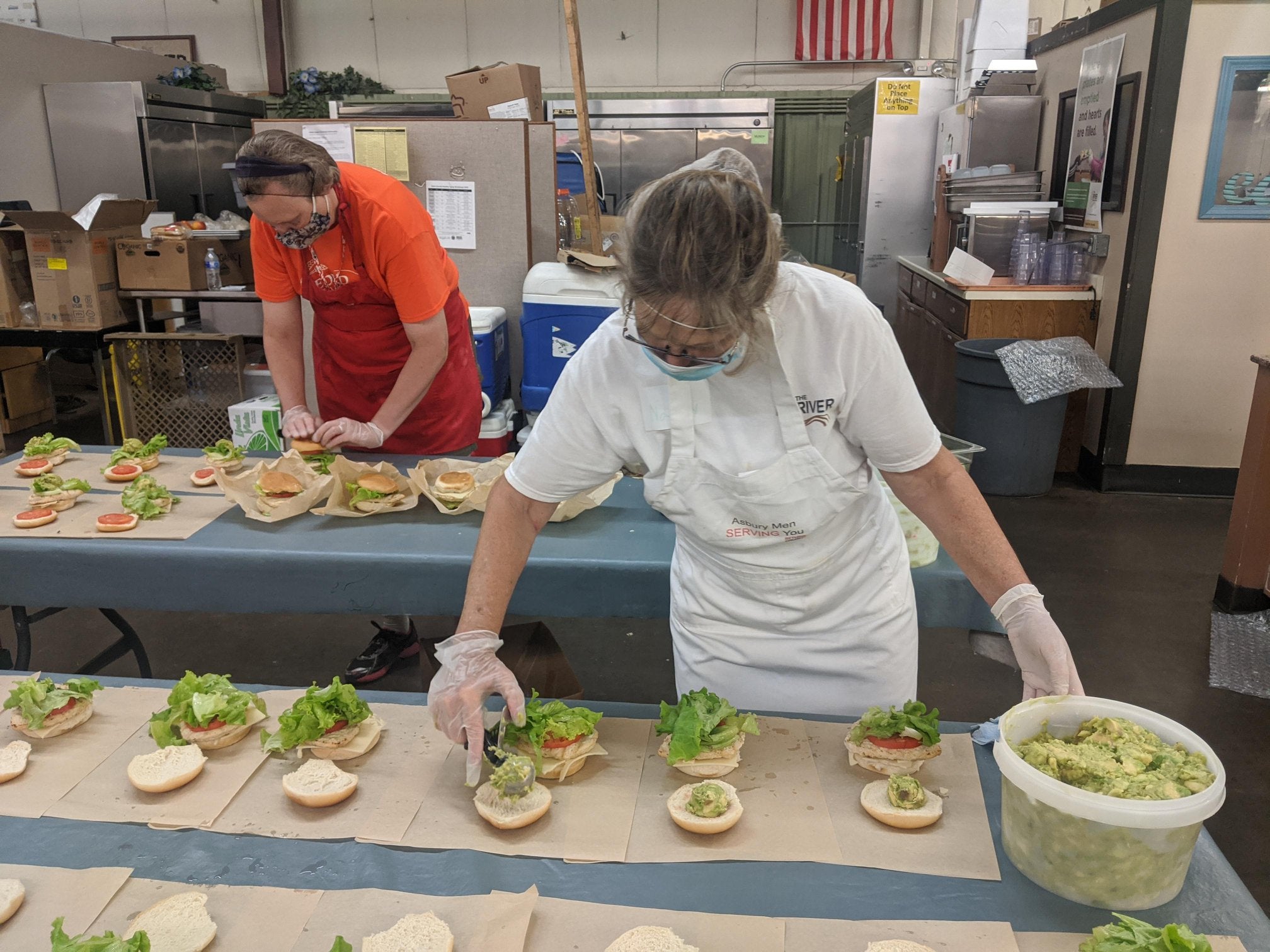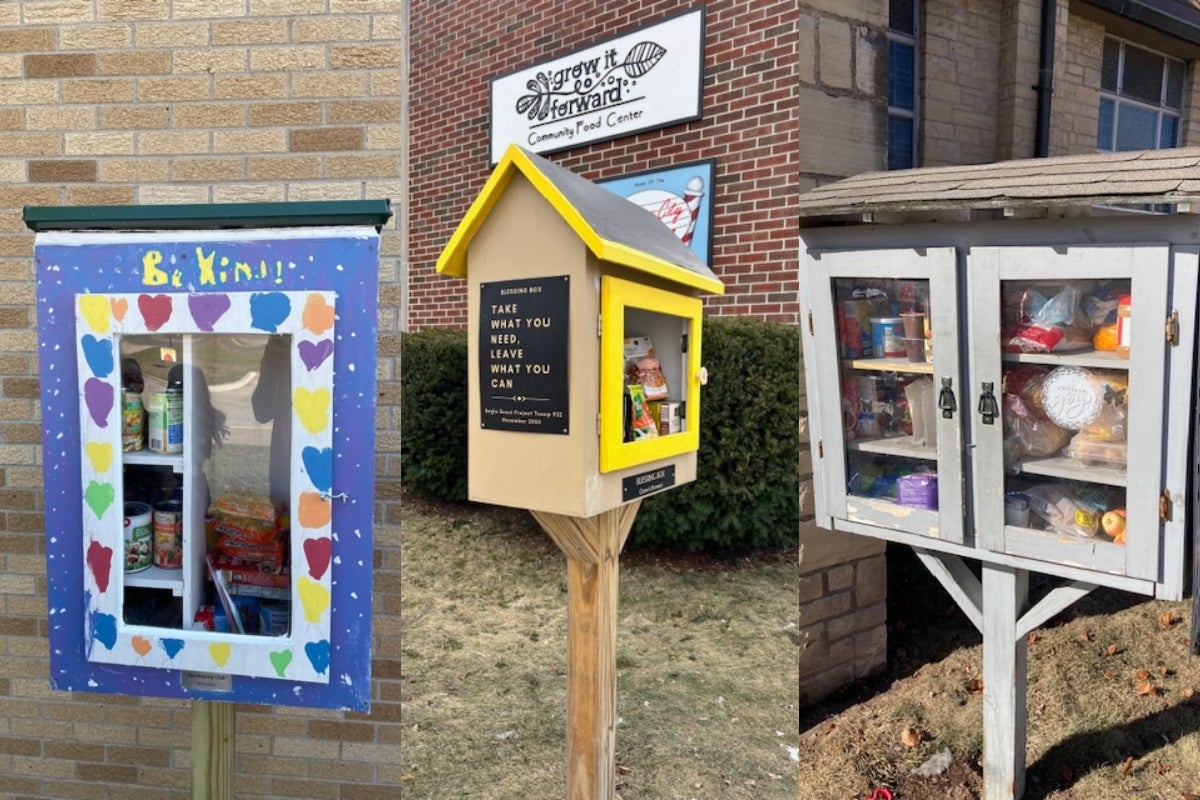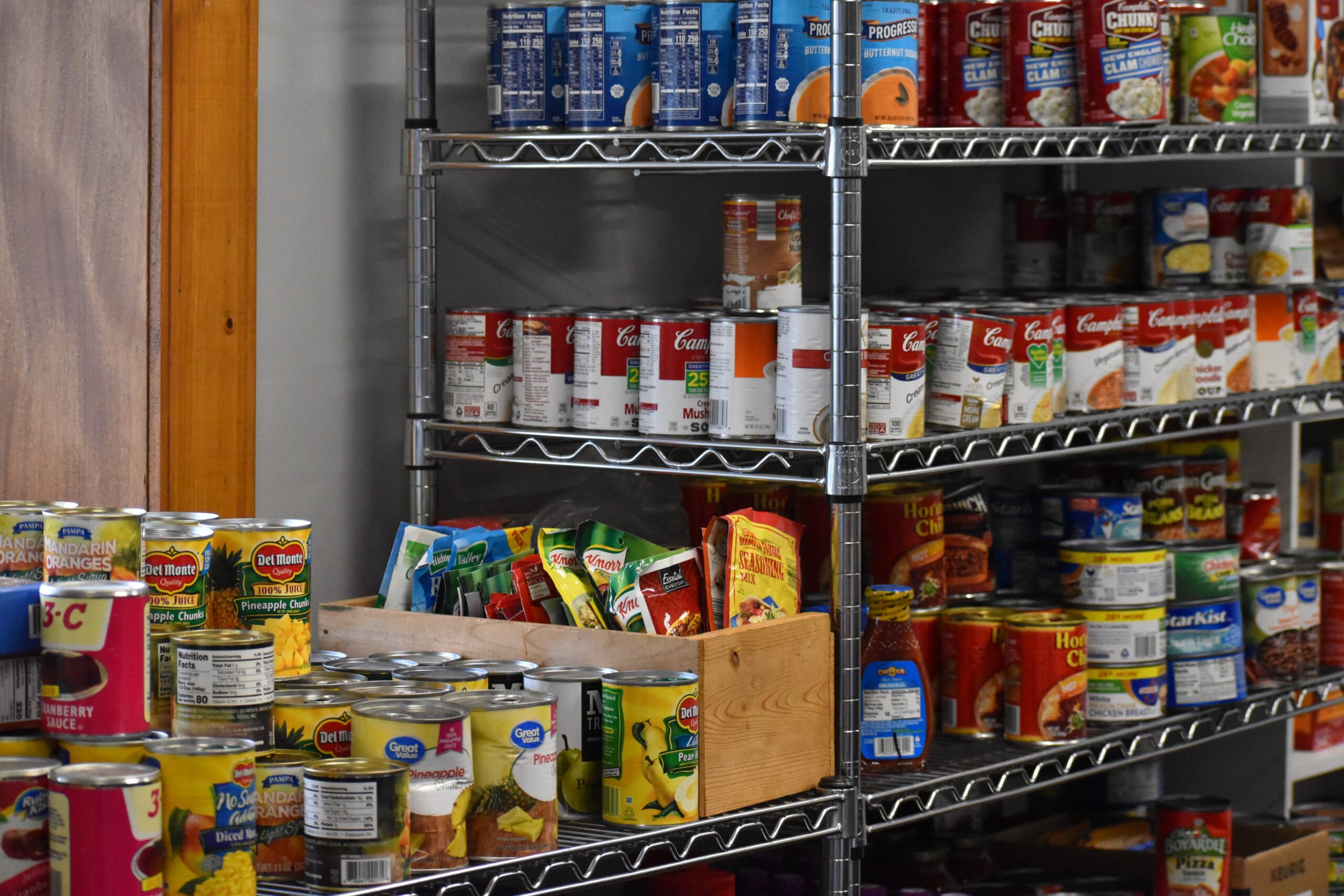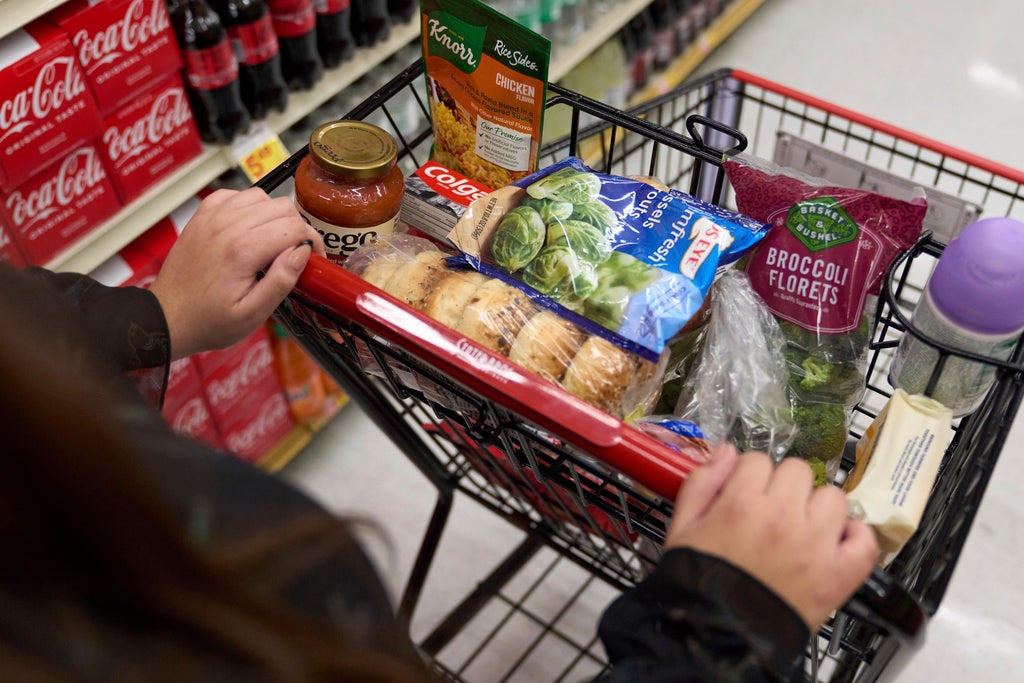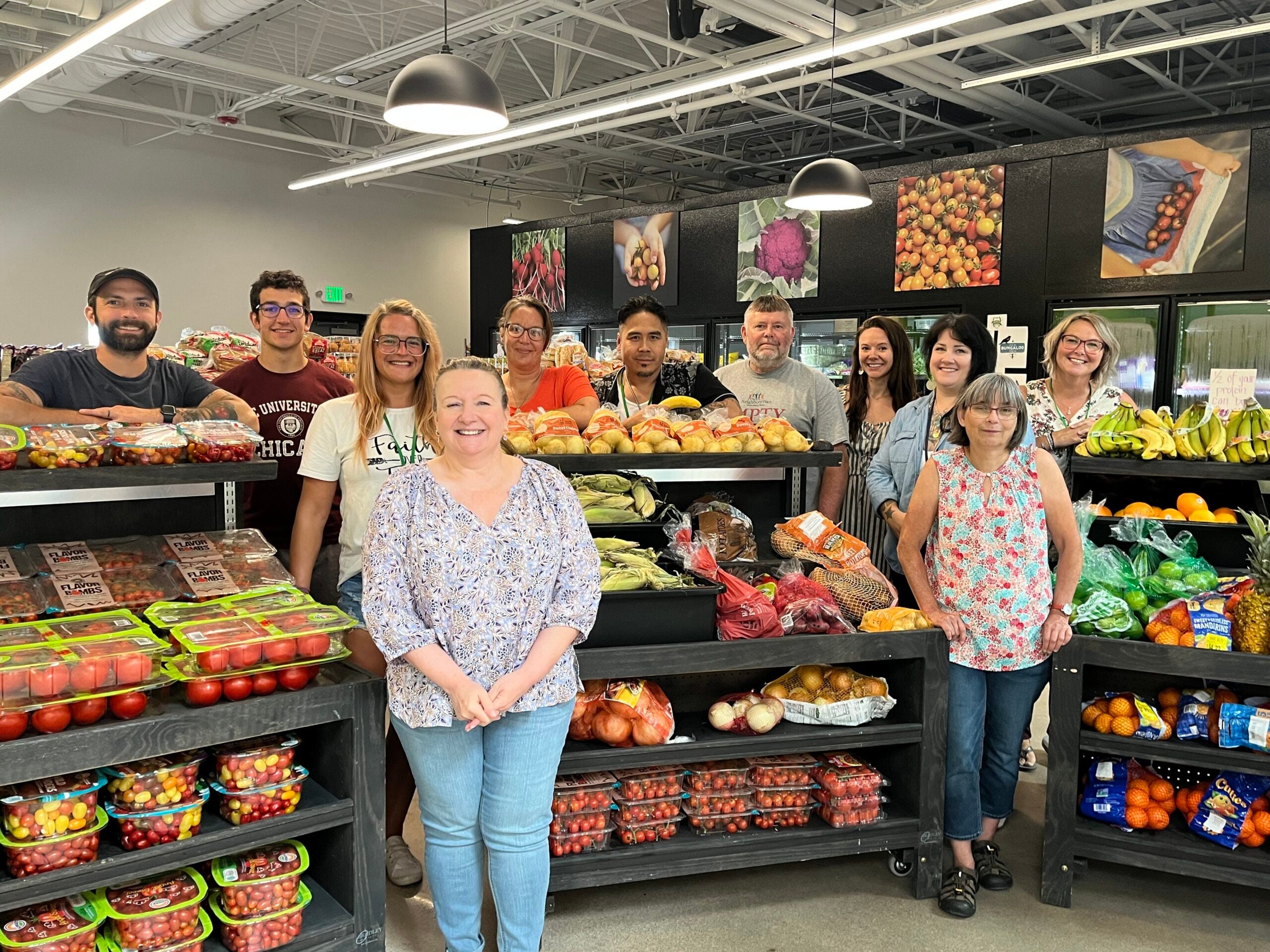In the four months since cases of COVID-19 began popping up across Wisconsin, River Food Pantry in Madison served more than 1,000 new households compared to the same time last year.
That’s an 80 percent increase of households who have never before been helped by the food pantry, said program manager Helen Osborn-Senatus.
“That’s just one thing that speaks to the growing need of food pantries and the growing concern about food stability,” she said.
Stay informed on the latest news
Sign up for WPR’s email newsletter.
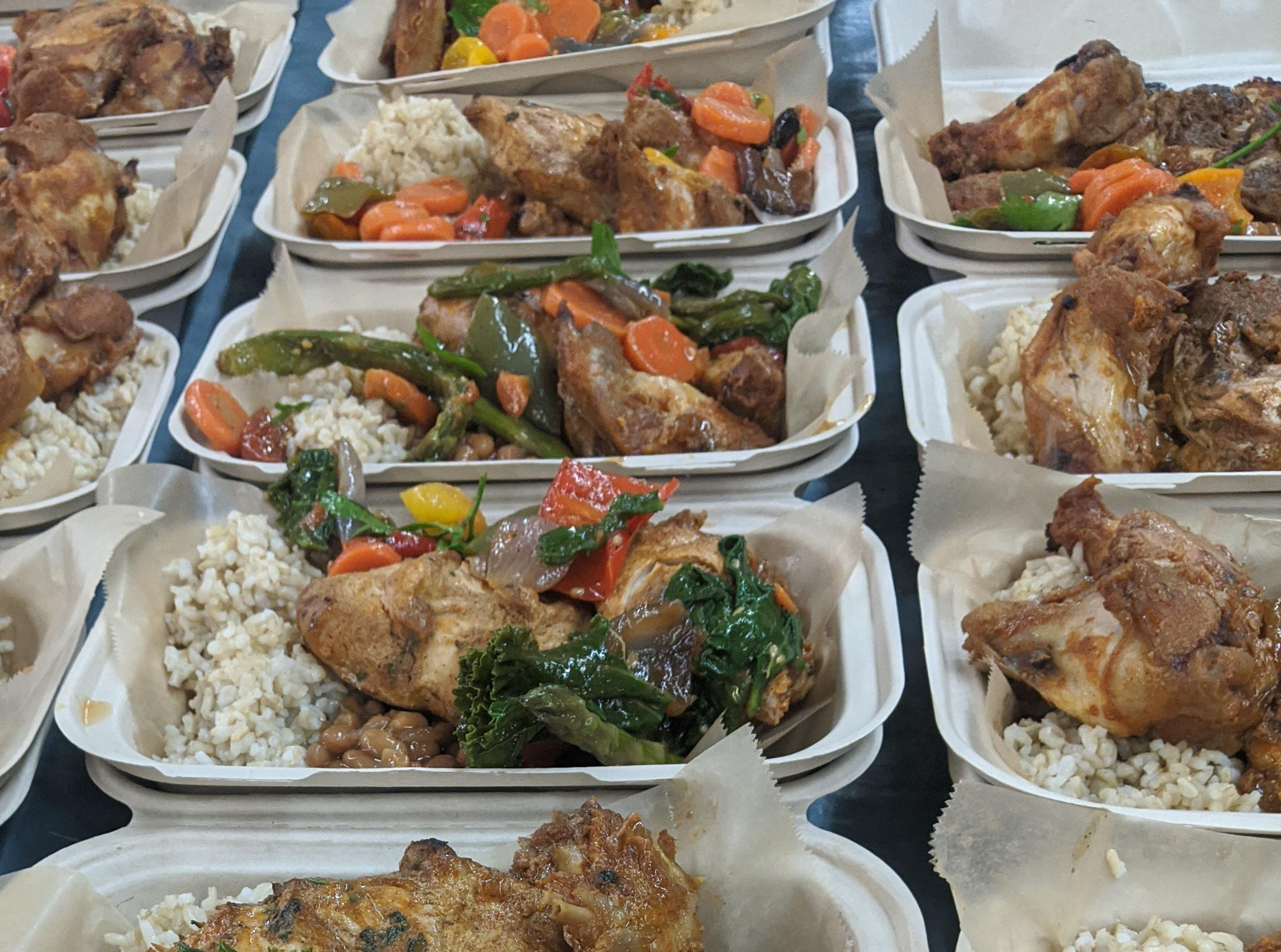
As much as the COVID-19 pandemic has impacted the number of families in need of food assistance, it has also forced food pantries to get creative about how they deliver that food without risking the spread of the virus.
One of the first changes River Food Pantry made was to move all their services curbside, Osborn-Senatus said. Previously, shoppers were given access to the facility where they could pick out items to take home. But with concerns over the virus spreading, the pantry began loading a week’s worth of pre-selected food into shoppers’ vehicles.
Within the last month, The River Food Pantry also launched FAM, or Family At-home Meals, to get ready-to-eat food to people in need. Chris Tuttle, a chef at the pantry, said it took a few months to get that service up and running because of limited staff and other restrictions.
Between June 16, when the program began, and July 18, FAM served 4,538 meals. Becca Carpenter, communications manager for The River Food Pantry, said 972 people were served in the first week of the program, comparable to the number of meals served at the onsite community meal program that was canceled because of COVID-19.
Any donations to FAM received by Sept. 1 will be matched up to $25,000, Osborn-Senatus said. She said there also are plenty of opportunities for volunteering, and especially in need are people to prepare and distribute meals four days a week.
Tuttle said there’s not too much of a difference between creating meals served in the building and preparing meals that can be cooked at home, apart from there being less variety in the meals that are served. But the focus is still on providing healthy meals.
“So far, we’ve been able to put out consistently good meals with nutritious ingredients,” Tuttle said. “We try to get vegetables or salads into each meal, try to get nutrition out into the community.”
Still, he misses seeing and visiting with the regulars. He’s hopeful that there will be more opportunities for that in the future, looking forward to plans for some sort of outdoor meal during the summer.
“I try to get out and actually do the handout when I can,” he said. “It’s nice to see all the old faces — it’s really great to talk to them again.”
Osborn-Senatus said the pantry hasn’t had a problem keeping up with food demands, particularly because of its partnership with community groups including Second Harvest, a local food bank. She said staff is grateful to be able to provide this type of community meal, even if it looks a bit different for now.
“We’re all really happy to be able to provide it,” she said.
Wisconsin Public Radio, © Copyright 2025, Board of Regents of the University of Wisconsin System and Wisconsin Educational Communications Board.
